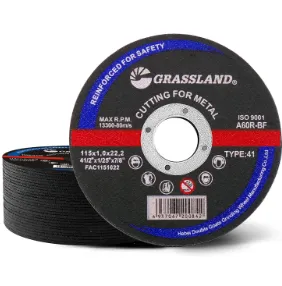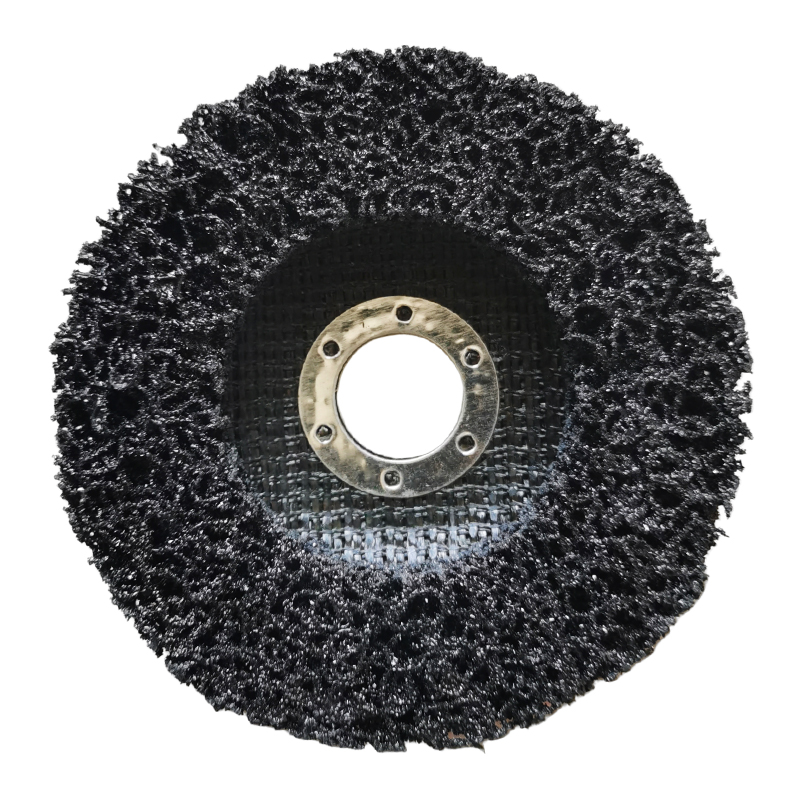

The speed at which the grinding wheel is intended to be operated is another crucial consideration. Each grinding wheel has a maximum safe operating speed denoted by the manufacturer. Ensuring the wheel speed is compatible with the equipment being used is paramount to safety and performance. An authoritative knowledge of equipment specifications ensures compliance and maximizes tool life. Moreover, the form and shape of the wheel must match the contours and dimensions of the workpiece. For instance, a cup wheel might be ideal for surface grinding, whereas a dish shape is more suitable for grinding gears and angles. Such application-specific expertise empowers manufacturers to select and deploy the most efficacious wheel for their needs. Beyond the technical specifications, the selection process is underscored by an authoritative understanding of industry standards and guidelines such as those prescribed by the American National Standards Institute (ANSI) and the International Organization for Standardization (ISO). Adherence to these ensures that safety, quality, and operational efficiency are maintained across processes. Having a trusted supplier relationship strengthens the reliability of your grinding wheel choice. A reputable supplier offers not only quality products but also expert consultations, enhancing the trustworthiness of your selection. Such partnerships facilitate informed decisions that align with both immediate project specifications and long-term operational goals. In conclusion, navigating the complexities of grinding wheel selection demands a synergy of experiential knowledge, technical expertise, and adherence to industry standards. By considering the factors outlined above, professionals can enhance their operational efficiency and ensure superior quality outputs. A well-chosen grinding wheel is not merely a tool but a vital component of a streamlined and effective manufacturing process, underpinning the success of myriad industrial applications.
Post time:Jan - 13 - 2025

















